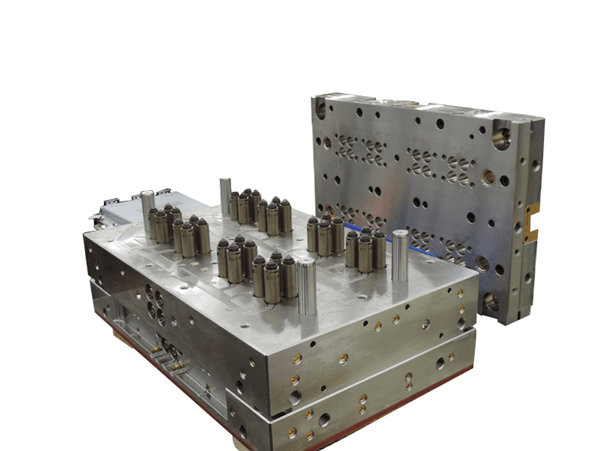When your business needs to produce a large number of components in minimal time, plastic injection molding is a viable option. This procedure is utilized in mass production processes, which involves creating the same component, thousands, or millions of times in rapid succession. Through this technique, your business can scale production in masses. The initial costs are paid fast, and you recoup the amount through price per unit being extremely low during injection molded production. The more the components are produced through injection molding, the lower the overall cost of production. Injection molding basics include the proper selection of materials since they affect both the performance of the part and the injection molding operation itself.
Advantages of plastic injection molding
- The rate of scrap production is minimized through injection molding
Compared to traditional procedures such as CNC machining, which involve cutting away huge sections of plastic block and sheets, injection molding produces little scrap. The only sources of waste in injection molding are runners, the sprue, gate locations, and flash (overflow material leaking out of the component’s cavities).
- Injection molding is a consistent and repeatable process
Once your business decides to source components designed and produced through injection molding, you can be assured that each part will be identical to the element that was produced before it. There is little to no variation in the parts. This is a distinct advantage to your business when trying to maintain the consistency and reliability of your brand during high-volume part production.
Materials used in injection molding
Selecting the right material for the injection molding process is crucial for the success of your long term mass production efforts. The number of plastics that are viable for use in injection molding is large. Picking the right plastic involves considering the intended function and final environment. You also need to consider the plastic’s flexibility, color, cost, strength, and durability.
- Acrylic
This material can be used to create transparent components such as windows, walls, and lighting equipment. It is an excellent alternative to glass because of its scratch and weather resistant qualities. It also possesses high tensile strength. Acrylic is odorless and tasteless and can be used to store food in fridges.
- Polyamide (Nylon)
This material is a favorite one for the production of strong mechanical parts, including bearings, gears, and bushings. Nylon is preferable due to its high melting temperature, chemical resistance, and durability.
- Polyoxymethylene (POM)
This is an acetal resin that is used in the production of automotive and mechanical components that would usually be made from metal. As a thermoplastic material, it is incredibly strong, durable, and stiff. It can be used to mold knife handles, ball bearings, fasteners, and gears. POM is not easily affected by solvents like motor oils, gasoline, and alcohol.
Conclusion
When venturing into the craft of plastic injection molding, it is important to select the right material for the right job. Some of the best materials include Polyoxymethylene, acrylic, and nylon, each with its advantages and disadvantages that you should know.

